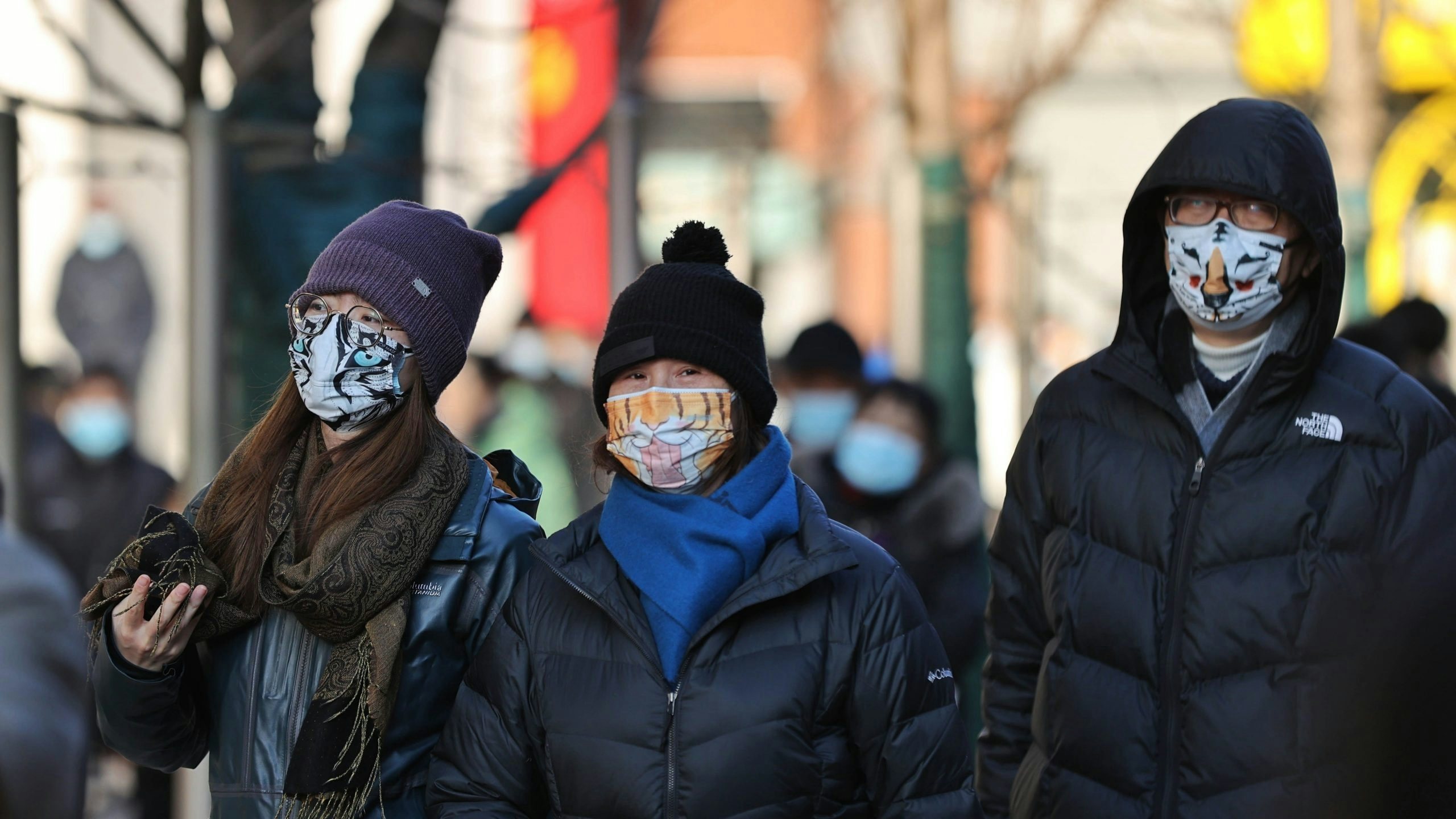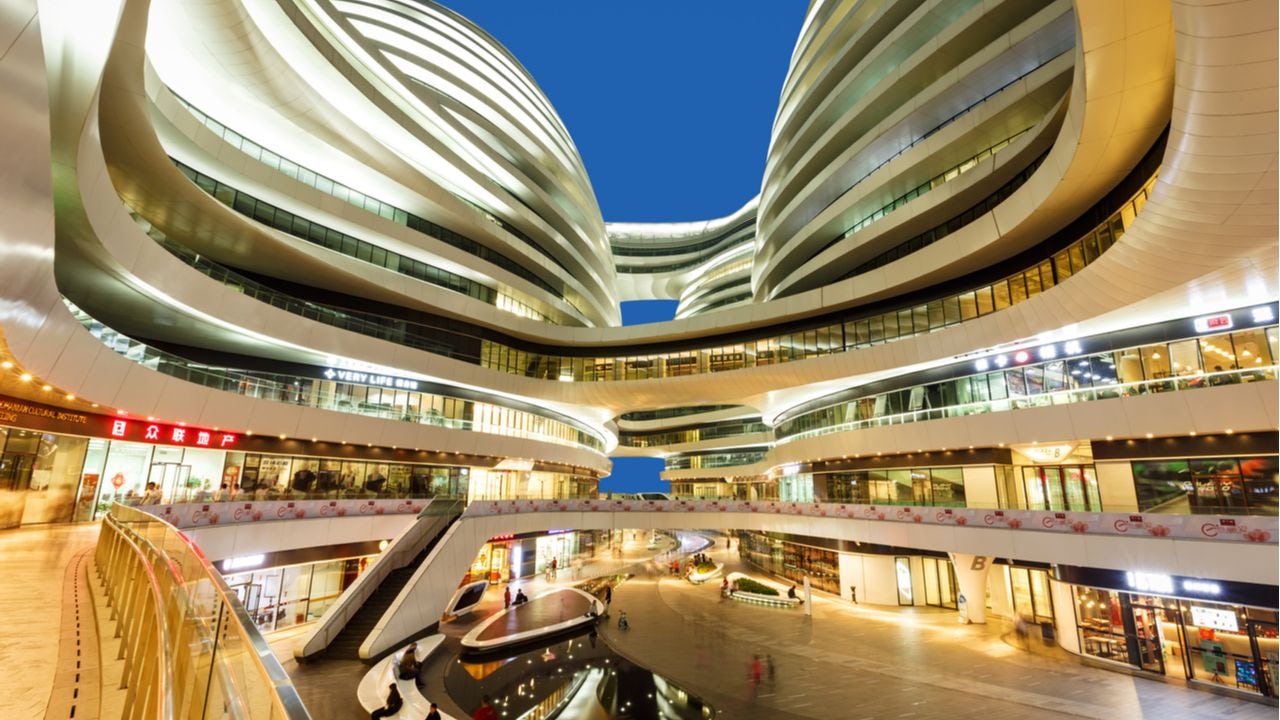What happened
After the open displays of frustration and protest last week, China significantly relaxed its stringent COVID-19 control policies. Multiple big cities, such as Beijing, Guangzhou, and Chengdu, no longer require negative COVID test results for residents to ride public transport or visit most public spaces. Many cities, including Beijing, Zhengzhou, and Chongqing, exempted those studying or working from home from taking mandatory COVID tests. Chongqing even discouraged its residents from testing “unless it is absolutely necessary.”
Meanwhile, Beijing and Guangzhou are permitting close contacts as well as asymptomatic and mild COVID cases to quarantine at home if their residences meet the quarantine requirement. Guangzhou’s health experts also stated that Omicron is no more serious than seasonal flu based on observations of the latest outbreak in the city.
These noteworthy changes signal that the government is making major adjustments to its COVID policies. Last week, Chinese vice premier Sun Chunlan held two meetings, announcing that China is “facing a new situation and new tasks” given the “reduced pathogenicity of Omicron.” Notably, Sun did not mention “Dynamic Zero” in either meeting.
On Weibo, the hashtag “multiple locations optimize COVID control measures” has received 270 million views, becoming the highest trending topic on December 5. Many netizens welcomed the changes, while others stated that they will continue to take daily measures and wear masks to protect themselves.
However, mobility restrictions still remain. On November 24, Shanghai implemented a policy that prohibits anyone entering Shanghai from visiting public locations such as restaurants and shopping malls for five days. Those arriving will need a negative COVID test result on the fifth day for their health codes to return to normal. Since then, cities such as Nanchang, Harbin, and Xi’an introduced similar “five-day rules,” while Hunan and Hubei applied the regulation on a provincial level.
The Jing Take
Although China is substantially easing its COVID measures, it has not officially announced the end of “Dynamic Zero.” The country is updating its COVID rules based on a new framework released in early November. In the near future, the strictness of Beijing’s COVID controls will likely resemble those of last year, when large-scale tests and lockdowns were few and far between.
The latest changes are positive news for retail in China. More precise lockdowns and fewer COVID test requirements will restore Chinese consumers’ confidence in stepping outside and visiting shopping malls.
But the new “five-day rule,” which applies to regional luxury hubs like Shanghai, Xi’an, Wuhan, and Changsha, dashes hope that the retail sector might completely recover from its slump in October. Traveling to these locations now costs more time and money. Prospective visitors will be unable to shop at the upscale shopping malls in these cities during weekend trips.
Although Chengdu and Hainan, China’s other major centers for luxury, have yet to follow suit, residents from those places under the regulation are less likely to pay a visit because they will face restrictions upon returning.
For luxury brands, the “five-day rule” undoubtedly complicates their retail plans for the winter season in China. There is no sign that the measure will be withdrawn anytime soon, meaning that it will impact travel retail during New Year and possibly even the Spring Festival holiday at the end of January 2023. As such, labels should continue to tailor their retail strategies based on the assumption that mobility restrictions are here to stay.
The Jing Take reports on a piece of the leading news and presents our editorial team’s analysis of the key implications for the luxury industry. In the recurring column, we analyze everything from product drops and mergers to heated debate sprouting on Chinese social media.

